Software solutions for ship situational awareness
Every possible human factor has to be controlled by shipping company, that's why there are a number of IT solutions that are proposed to decrease the chance of human errors on the bridge of the ship.
Today situational awareness is a hot topic in the maritime industry. 90% of casualties in the maritime sector are caused by human error. A lack of situational awareness can be caused by multiple factors, like, fatigue, lack of overview, or stress. It is caused due to the fact that officers have an eight-hour watch cycle. When fatigue kicks in a person's response time and the ability to make decisions rapidly declines. In the maritime sector, many stakeholders are affected by this problem. First of all the crews aboard vessels who are in danger because of the increased chance of accidents. Second are the shipping companies whose cargoes have the chance of being damaged and have to pay extra insurance money. Every possible human factor has to be controlled, because the human factor is still the largest contributor to accidents. That is why there are a number of IT solutions that are proposed to decrease the chance of human errors on the bridge.
A Bridge Navigational Watch Alarm System is an automatic system which sounds an alarm if the watch officer on the bridge falls asleep or is absent for too long a time. This system will decrease the risk of collisions. However this system does not guarantee that a watch-keeper is mentally fit. Ships fitted with watch alarms have already crashed into islands and other ships.
On a ship there are many systems providing the officer on the watch with the information, for example, radar, ECDIS, AIS and GPS. Data processing is the collection and manipulation of items of information to produce meaningful information. The goal of data processing is to make the decision making and monitoring process easier for the watch keeping officer. In order to do that all the information from all the different systems should be offered to the officer conveniently, for example on one screen, or by using augmented reality. For example the computer gathers data on the position, course and speed, draught of the ships around it and the depth of the water. When the computer knows where other ships are and where they are going, it can help the officer of the watch with the implementation of the colregs. Also the computer can make preliminary calculations in order to give the officer a list of more than choices. These choices are the most likely to be the solution to a situation. The processed data will now be used in a decision support system. When all useful information is provided in a simple and interactive way, the officer of the watch has more time to look out and pay attention. The idea is that by using the data processing system the officer will no longer be spending unnecessary time plotting vessels, he has a more controlling role. He checks if the computer is doing its job and he only has to make the final decision and execute it.
On a ship there are many systems providing the officer on the watch with the information, for example, radar, ECDIS, AIS and GPS. Data processing is the collection and manipulation of items of information to produce meaningful information. The goal of data processing is to make the decision making and monitoring process easier for the watch keeping officer. In order to do that all the information from all the different systems should be offered to the officer conveniently, for example on one screen, or by using augmented reality. For example the computer gathers data on the position, course and speed, draught of the ships around it and the depth of the water. When the computer knows where other ships are and where they are going, it can help the officer of the watch with the implementation of the colregs. Also the computer can make preliminary calculations in order to give the officer a list of more than choices. These choices are the most likely to be the solution to a situation. The processed data will now be used in a decision support system. When all useful information is provided in a simple and interactive way, the officer of the watch has more time to look out and pay attention. The idea is that by using the data processing system the officer will no longer be spending unnecessary time plotting vessels, he has a more controlling role. He checks if the computer is doing its job and he only has to make the final decision and execute it.
Bridge Navigational Watch Alarm System on the ship
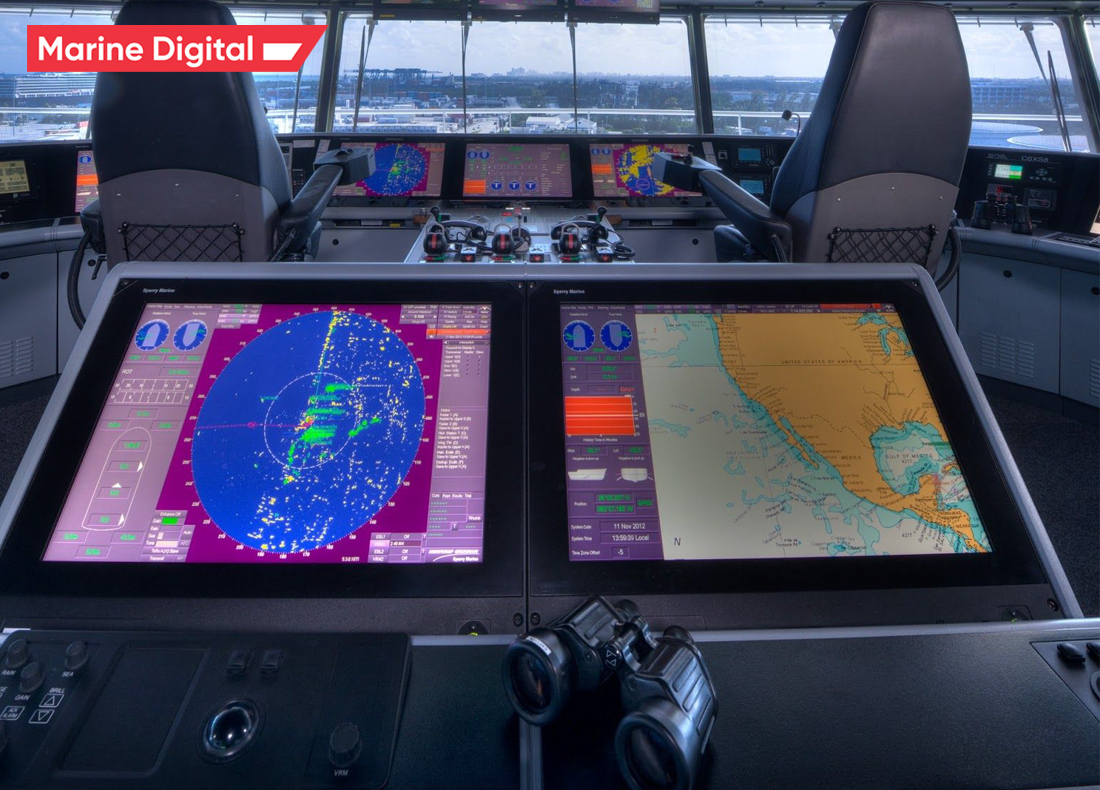
Data processing is necessary to improve situational awareness. It is an effective way to reduce the chance of data overload (receiving too much information from different sources). To improve situational awareness a data processing/ decision support system can be implemented on the bridge. This data processing system will gather information that the instruments on the bridge provide such as radar/ARPA, GPS, AIS, ECDIS, satellite and Navtex and present it in a clear way so the watch keeping officer can easily receive the information and distinguish between primary and secondary information. The decision support system can also help the officer of the watch think clearly by using algorithms that present the officer with choices. Thereafter the system gives the officer a couple of options to choose from in this way there is no room for misconceptions to take place and cause stress or data overload. This is especially useful when there is a situation where multiple ships are involved. Besides using data processing during sailing, it can also be used in voyage preparation. The presentation of data is not a subject to be overlooked. Over the years the generating of data on a ship's bridge has made great leaps, but the presentation of this data has not. A great way to present the gathered data to the user is to use augmented reality. Apart from using augmented reality, eye tracking can also be of use, for example, the eye tracking system can detect if the officer of the watch has read an incoming message and automatically acknowledge that the message has been read. This prevents the officer from heaving to go up to his screen/console and acknowledge the message manually. This form of acknowledgment saves time and increases the time the officer can look outside. A similar system has already been tested in the aviation industry. So data processing is a viable way to improve situational awareness on the bridge especially when it is combined with augmented reality and eye tracking.
A solution to enhance situational awareness aboard vessels lies in monitoring and preventing fatigue. To do so there is the current watch alarm, which turns out to be ineffective. Eye tracking has a lot of potential to replace or improve the current watch alarm. It is a system that could be taken into account in future vessels by designing the bridge in such a way that it is suitable for eye tracking devices, meaning all necessary equipment centred around one central spot. Data processing is a technology that has a great potential to make shipping safer by enhancing the situational awareness on ships. The improvement mainly comes from preventing data overload. On the bridge this means that the data processing system provides the gathered information in a clear and useful way, and is able to distinguish between primary and secondary information streams.
We in Marine Digital have made a hardware and software solution that will help process data from different sensors and equipment on the vessel, and, based on the data obtained, offer different navigation routes for the vessel in order to save fuel and avoid bad weather conditions. The data collected and processed by the neural network will be presented on the screen so that the captain and other crew members can make decisions more easily and monitor the condition of the vessel and Vessel Performance monitoring.
Read also 21 Types of Navigation Equipment onboard Ships in Maritime
A solution to enhance situational awareness aboard vessels lies in monitoring and preventing fatigue. To do so there is the current watch alarm, which turns out to be ineffective. Eye tracking has a lot of potential to replace or improve the current watch alarm. It is a system that could be taken into account in future vessels by designing the bridge in such a way that it is suitable for eye tracking devices, meaning all necessary equipment centred around one central spot. Data processing is a technology that has a great potential to make shipping safer by enhancing the situational awareness on ships. The improvement mainly comes from preventing data overload. On the bridge this means that the data processing system provides the gathered information in a clear and useful way, and is able to distinguish between primary and secondary information streams.
We in Marine Digital have made a hardware and software solution that will help process data from different sensors and equipment on the vessel, and, based on the data obtained, offer different navigation routes for the vessel in order to save fuel and avoid bad weather conditions. The data collected and processed by the neural network will be presented on the screen so that the captain and other crew members can make decisions more easily and monitor the condition of the vessel and Vessel Performance monitoring.
Read also 21 Types of Navigation Equipment onboard Ships in Maritime
Data processing is necessary to improve situational awareness in shipping

TOP 5 factors contributing to lower fuel costs for Shipping companies
Get a presentation with a full description of the features and free pilot project with trial of Marine Digital FOS for 2 months
"Clicking the button, you consent to the processing of personal data and agree to the privacy policy"

Get an overview "The Pathway to Zero Carbon Shipping:
IMO Compliance and CII Optimization through SEEMP" on email and download it for FREE! Leave your email now!
"Clicking the button, you consent to the processing of personal data and agree to the privacy policy, as well as consent to subscribe to the newsletter. "
Аdvantage of Fuel Optimization System from Marine Digital:

Marine Digital FOS can be integrated with other system and third-party's solutions through the API. To implement vessel performance monitoring for any vessel, we are using mathematical algorithms, machine learning and the same equipment as in FOS. The more data we collect from vessels, the more precise reports and recommendations our system will perform according to your individual requirements in fleet management.
If you have any questions about the solutions and the Marine Digital System platform, write to us, we will be happy to answer
If you have any questions about the solutions and the Marine Digital System platform, write to us, we will be happy to answer
Increased business process speed
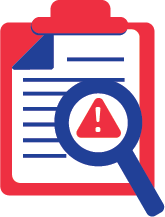
Reducing to zero the number of errors
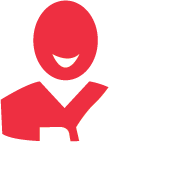
Best offer to the clients
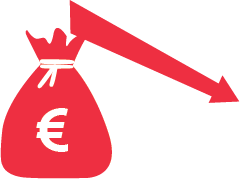
Reduction in operating expenses
Have a questions?





